Tea has been an integral part of Chinese culture for centuries. With a rich history and diverse tea varieties, it’s no surprise that China is often associated with tea. From the famous jasmine tea to the trendy boba tea, let’s explore the different types of tea, the history of tea in China, and the health benefits of drinking tea.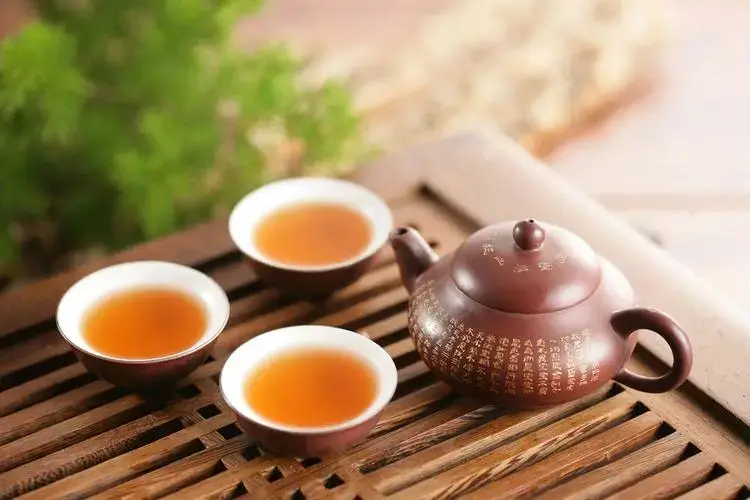
History of Tea in China
The history of tea in China dates back more than 4,000 years, making it one of the oldest cultures to cultivate tea. It is believed that tea was discovered in China by the legendary Emperor Shennong. The emperor was known for his medicinal knowledge and was the first to taste the tea after discovering it accidentally when some tea leaves blew into his cup of hot water.
Tea soon became a popular beverage, particularly among the wealthy and scholars, and it became a staple in Chinese culture.
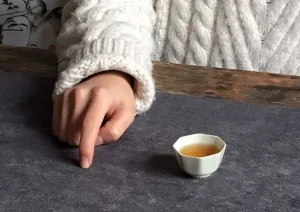 Chinese Tapping Table Tea
Chinese Tapping Table Tea
Have you ever noticed a Chinese person tapping on the table when pouring tea? This traditional practice is known as Gongfu Cha and has been a part of Chinese tea culture for centuries. This tapping technique is not just for show, but it has a practical purpose.
The person holding the teapot must pour the tea steadily, slowly, and evenly into the cup to avoid splashing or spilling. The tapping technique, known as the “finger snap,” signals the person holding the teapot to stop pouring. This ensures that the cup is adequately filled, which could cause the tea to spill and make a mess. Additionally, tapping also helps to distribute the heat from the teapot evenly and prevents the teapot from getting too hot, which can affect the taste of the tea.
The Gongfu Cha ceremony is often used for special occasions or to honor guests. It’s a way to show respect and appreciation for the tea, as well as the people who are sharing the experience. So, the next time you see someone tapping on the table during a tea ceremony, you’ll know that it’s not just a fancy gesture but has a practical purpose and is an integral part of Chinese tea culture.
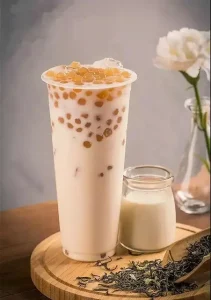 Boba Tea
Boba Tea
Boba tea, or bubble tea, is a popular beverage that originated in Taiwan in the 1980s. The drink combines tea with milk and small tapioca balls, giving it a unique texture and flavor. Boba tea has quickly become a global sensation, and it’s not hard to see why. Combining sweet and creamy milk, refreshing tea, and chewy boba balls creates a delightful and refreshing taste that appeals to people of all ages. Boba tea is often served cold, making it a perfect beverage for hot summer days. With its endless flavor and topping combinations, boba tea has become a trendy and customizable drink that continues evolving and adapting to its consumers’ changing tastes and preferences.
Why Do Chinese Drink Tea After a Meal?
One of the most popular customs in Chinese culture is drinking tea after a meal. The belief is that drinking tea can help aid digestion and reduce oil and fat intake. Chinese tea, particularly pu-erh tea, is known to have detoxifying properties and can help regulate the digestive system. It’s also a great way to cleanse the palate after a heavy meal.


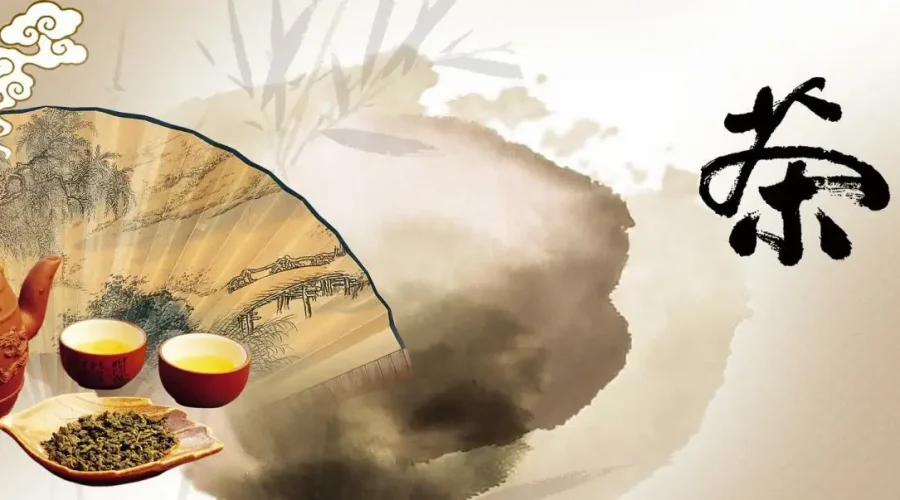
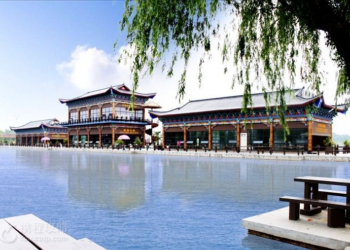

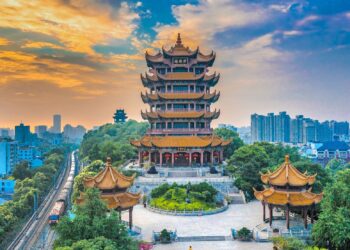
![[Guangxi], 0 Tuition, 0 Dorm, Bachelor Scholarship](https://news.eduprchina.com/wp-content/uploads/2024/07/南宁1-350x250.jpeg)
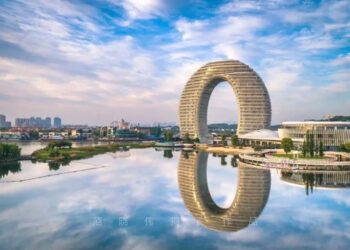





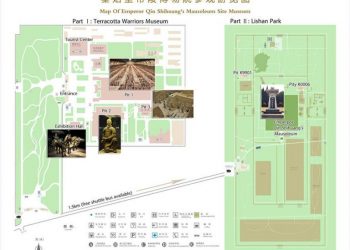
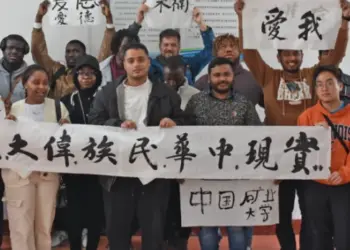





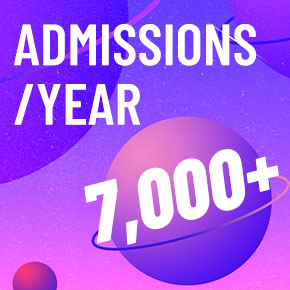


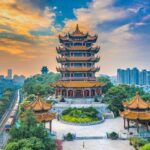







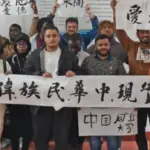
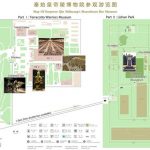
This Post Has 0 Comments